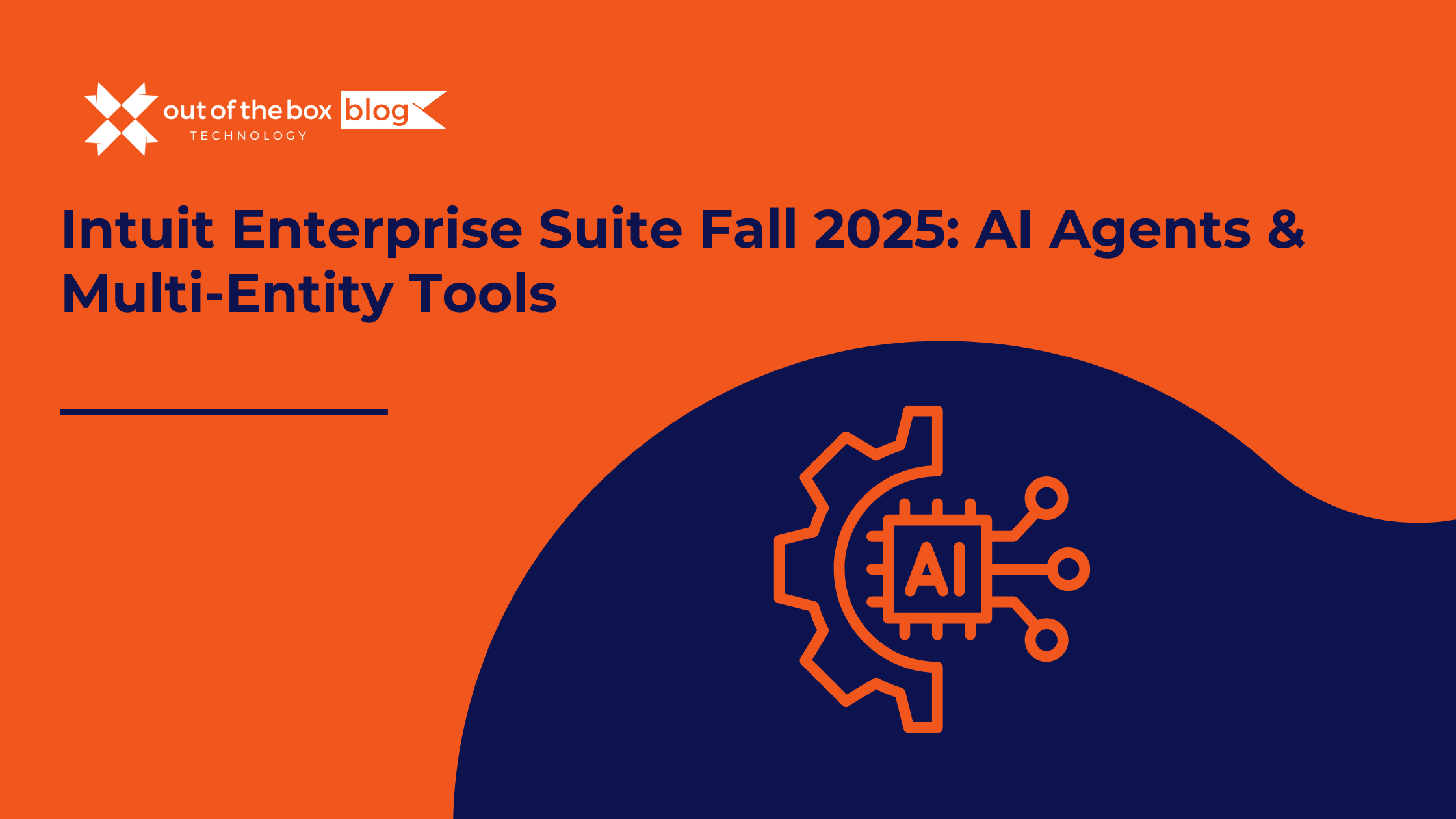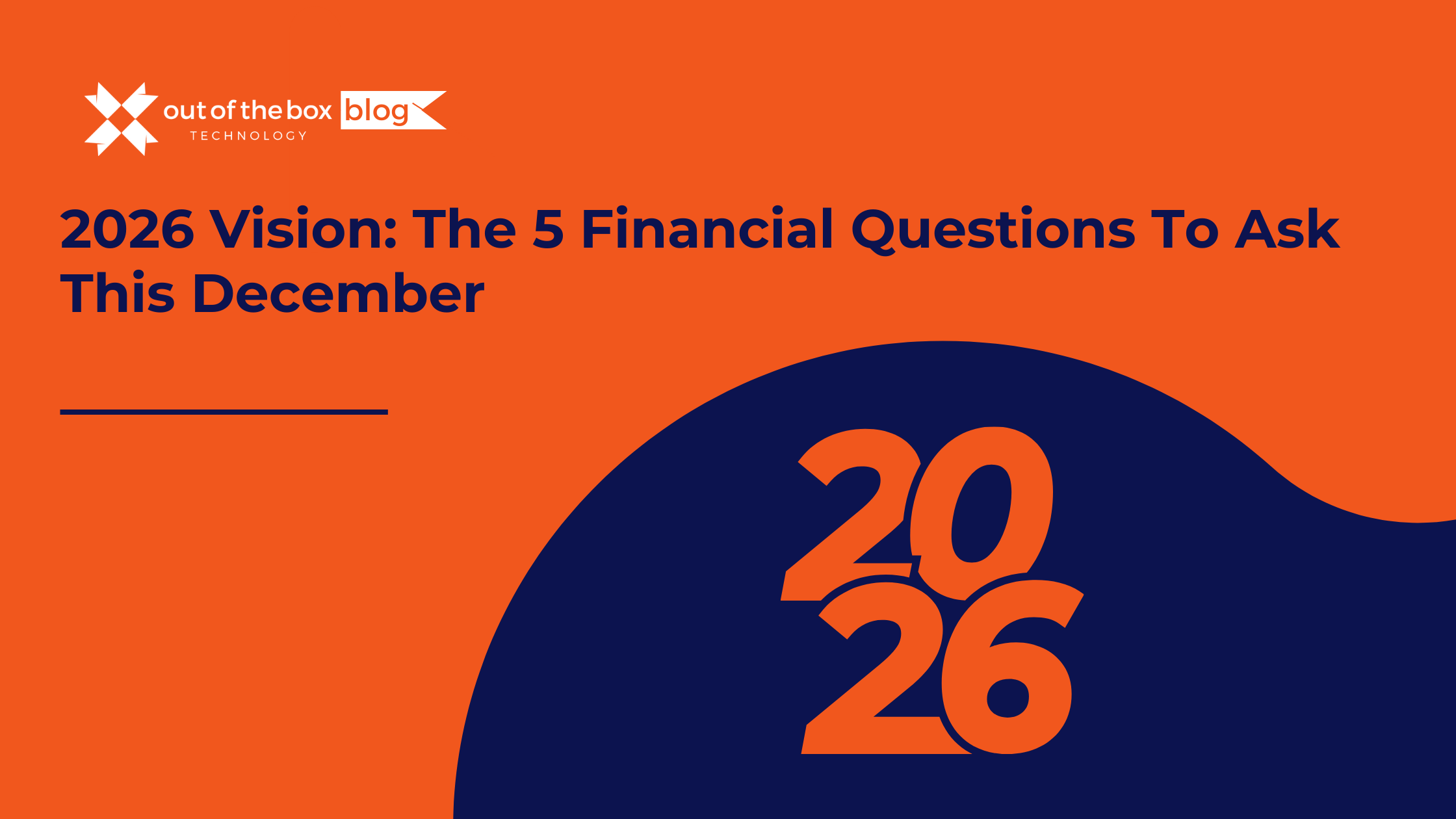Budgeting is a powerful tool for any business owner. Beyond simply tracking finances, a well-structured budget helps you set financial goals, manage cash flow, and make informed decisions that drive growth. This guide will walk you through setting up and managing a budget, covering essential steps and examples to ensure a comprehensive financial plan.
Understanding the Basics of Budgeting in Bookkeeping
A budget is more than just a record of expenses; it’s a financial plan that estimates revenue, expenses, and resources over a specific period. Budgets provide visibility into spending patterns, allow you to identify potential issues before they arise, and guide your financial decisions, ultimately helping you reach your business goals.
There are several types of budgets:
- Operating Budget: Covers day-to-day business expenses and revenues.
- Capital Budget: Focuses on long-term investments, such as equipment or property.
- Cash Flow Budget: Tracks cash inflows and outflows.
- Static vs. Flexible Budgets: Static budgets remain constant, while flexible budgets can adjust based on changes in revenue or expenses.
Setting Up Your Business Budget
Step 1: Define Financial Goals
Start by determining what you want to achieve financially. Whether it’s increasing revenue, reducing expenses, or saving for expansion, setting clear goals provides a foundation for your budget.
Example: A small retail business sets a goal to increase sales by 15% while keeping operating expenses below 70% of revenue.
Did You Know? A QuickBooks survey found that 73% of small businesses with clear financial goals are more likely to meet their profit targets.
Step 2: Analyze Historical Financial Data
Reviewing past financial data allows you to identify patterns and set realistic projections.
Example: A marketing agency reviews its quarterly spending from the previous year to understand client demand and anticipate seasonal fluctuations.
Did You Know? Companies that analyze historical data reduce unexpected costs by 30%, according to the Harvard Business Review.
Step 3: Categorize Revenue and Expenses
Categorizing income sources and expenses provides a detailed view of your finances, enabling better planning and allocation of resources.
Example: A bakery’s revenue categories include in-store sales, catering, and online orders, while expenses encompass ingredients, wages, rent, and marketing.
Step 4: Project Future Revenue and Expenses
Using historical data and industry trends, estimate income and expenses for your budget period.
Example: An eCommerce store expects a 20% increase in revenue during Q4 due to holiday sales and plans accordingly for higher marketing spend.
Did You Know? Businesses using projections are 50% more likely to grow year-over-year (source: SCORE).
Building a Detailed Budget Structure
Creating a structured budget involves organizing revenue, expenses, and other financial goals.
- Revenue Section: Include all income streams, such as sales, services, and additional sources.
- Fixed and Variable Expenses: Identify fixed costs (rent, salaries) and variable costs (supplies, marketing) to understand the true cost of operations.
- Profit Margin Goals: Set a target margin to measure profitability and adjust expenses if necessary.
- Emergency Fund Allocation: Set aside funds for unexpected expenses, adding a layer of financial security.
Did You Know? 60% of small businesses fail to account for unexpected expenses, impacting long-term growth (source: National Small Business Association).
Implementing the Budget in Your Bookkeeping System
Choosing the right software makes managing budgets easier and more efficient. Tools like QuickBooks, Xero, and FreshBooks are popular choices for small business budgeting.
- Setting Budget Categories: Assign categories for tracking, such as “Marketing > Social Media” or “Inventory > Office Supplies.”
- Linking Accounts and Transactions: Syncing bank accounts and categorizing transactions aligns expenses with your budget for real-time tracking.
Did You Know? 80% of businesses find it easier to manage budgets when using software to track expenses and revenue automatically (source: Intuit QuickBooks).
Monitoring and Adjusting Your Budget
A budget is not static; it’s meant to evolve with your business. Regular reviews help ensure that you’re on track and allow you to make adjustments as needed.
- Monthly or Quarterly Review: Regularly compare your budgeted versus actual spending to spot discrepancies.
- Variance Analysis: Look for differences between planned and actual figures to understand and correct any variances.
- Adjusting for Changes: Modify your budget if market conditions or business needs change.
Example: A manufacturing company notices overspending on raw materials in Q1 and decides to negotiate better supplier terms to stay on budget.
Did You Know? Businesses that review budgets monthly see a 25% increase in profitability (source: SCORE).
Managing Cash Flow within Your Budget
Maintaining healthy cash flow is critical to your business’s success. Accurate budgeting helps prevent cash shortages and ensures that you can cover expenses.
- Cash Flow Forecasting: Project cash inflows and outflows to prevent shortages.
- Expense Control: Identify non-essential expenses and reduce them as needed.
- Accounts Receivable and Payable Management: Encourage early payments and extend payment terms to balance cash flow.
Did You Know? 50% of small businesses face cash flow issues due to delayed payments and high accounts payable (source: SBA).
Using Key Financial Ratios for Budgeting Insights
Financial ratios offer insights into business health and can inform budgeting decisions.
- Profit Margin: Measures profitability by dividing net profit by revenue.
- Example: A restaurant aims for a 15% profit margin by controlling food and labor costs.
- Current Ratio: Assesses liquidity by dividing current assets by current liabilities.
- Debt-to-Equity Ratio: Analyzes leverage by comparing total liabilities to equity.
Did You Know? Maintaining a current ratio above 1.2 signals good liquidity, allowing businesses to cover short-term obligations (source: Investopedia).
Common Budgeting Mistakes to Avoid
- Overestimating Revenue: Be conservative in your revenue projections to avoid cash flow issues.
- Ignoring Small Expenses: Track minor expenses, as they can add up quickly.
- Failure to Adjust: Adjust your budget as business needs evolve.
- Underestimating Taxes: Account for tax obligations to avoid surprise expenses.
Did You Know? The IRS reports that 25% of businesses struggle with tax payments due to poor budgeting (source: IRS).
Leveraging Budgeting for Strategic Planning and Growth
Budgets do more than track expenses; they support growth by allocating resources strategically.
- Growth Planning: Allocate funds for expansion, new hires, or technology investments.
- Investment Analysis: Evaluate which areas yield the highest return and allocate resources accordingly.
- Risk Management: Budgets reveal potential financial risks, helping you plan for contingencies.
Did You Know? Businesses aligning budgets with strategic goals are 60% more likely to experience sustained growth (source: Forbes).
Conclusion
Setting up and managing a budget is a vital step for business success. By defining financial goals, tracking expenses, and adjusting as needed, you can control your finances and pave the way for growth. Regular budget reviews and adjustments give you a clear picture of your business’s financial health, empowering you to make informed decisions that drive success.
Meet with a QuickBooks service expert today!
Ready to take control of your business finances? Contact us to schedule a consultation and discover how expert budgeting can streamline your financial management and set your business up for success!



